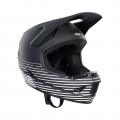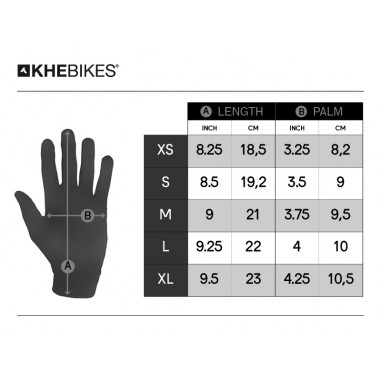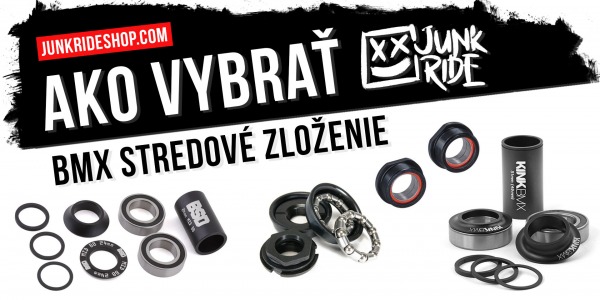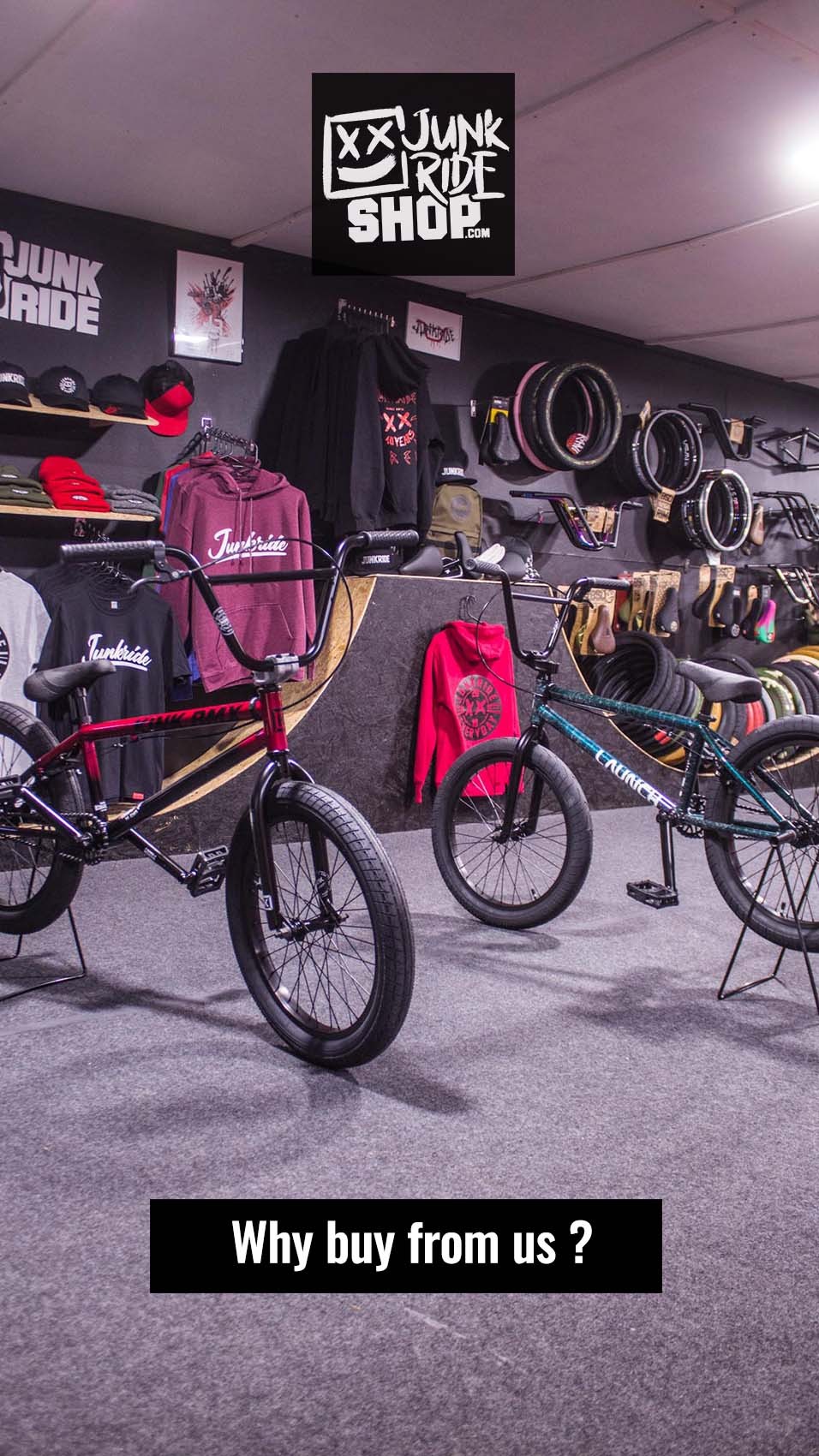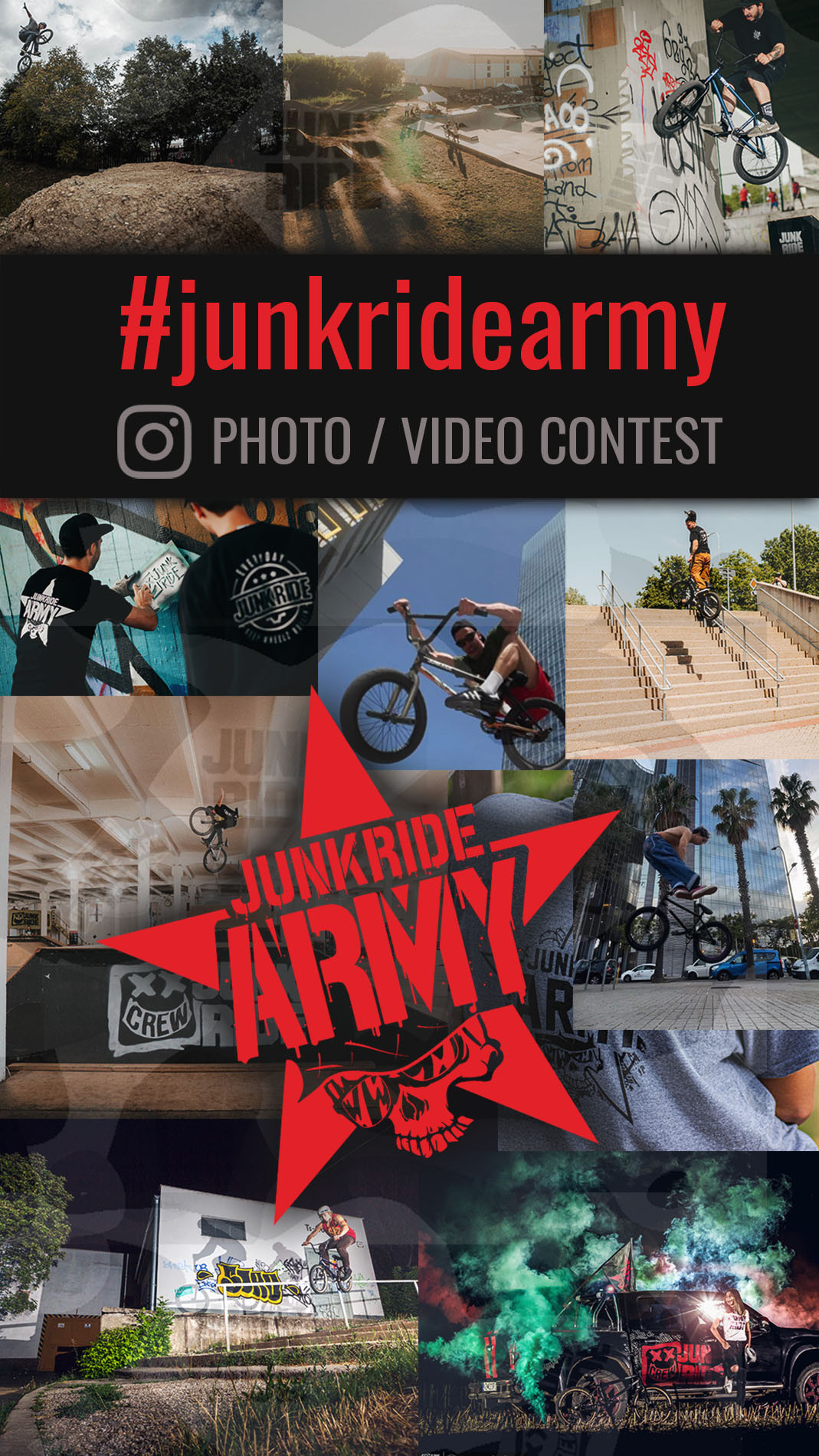- Tommy Kunz
- HOW TO CHOOSE
- 14774 views
ION helma SCRUB AMP - MULTICOLOUR...
ION helma TRAZE AMP MIPS - WHITE...
ION helma TRAZE AMP MIPS - BLACK...
BMX pads and a helmet should be an integral part of every beginner as well as advanced rider. Protecting your health is fundamental in any adrenaline sport, and it's essential in Freestyle BMX where falls are inevitable. However, the right choice of protective gear and a helmet can minimize the risk of injury, and the rider can feel comfortable, safe, and eager to try new tricks. Let's explore various types of pads for the basic parts of the body that need attention right from the start.

The size of a helmet is measured by the circumference of the head, and each manufacturer has its own size chart to help you choose the right size.
The importance of a helmet probably doesn't need to be emphasized. The helmet is an absolute essential and protects the most vital part of our body, our head. Do not neglect the choice of a quality helmet, and always wear it while riding!

The size of knee pads is measured by the circumference of the leg 10cm above and 10cm below the knee.
Knees are highly susceptible to injuries and are often the most affected during falls. Sometimes, you don't even have to fall to hit your knee against a part of the bike while riding. Therefore, we consider knee protection as the second most important after a helmet.

Elbow pads are measured by the circumference of the arm 7cm above and below the elbow.
Elbow pads are mainly used when starting to ride and during the practice of the most demanding tricks when the risk of a fall is the greatest.

Shin guards are measured by the circumference of the calf at its widest part.
Shin guards are particularly important for beginners. Often, the shin takes the brunt and is unpleasantly scraped when one leg slips off the pedal, causing the crank to rotate under the rider's weight, with the pedal hitting the shin. Also, when practicing tricks like tailwhip, nofoots, cancan, where one foot releases from the pedal, the risk of such impact is greater. Higher-quality guards also provide ankle protection.

As additional protective gear, we consider ankle guards, wrist guards, gloves, and various support and stabilizing bandages, which are particularly favored by advanced riders. This type of protection helps with recovery after injuries, prevents dislocations, and unwanted movements that could result in internal injuries.


